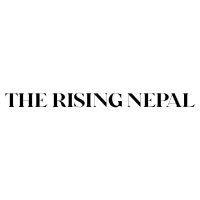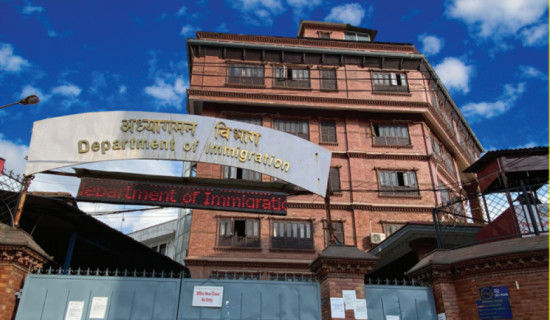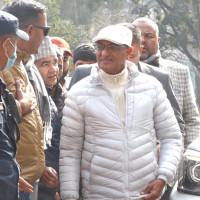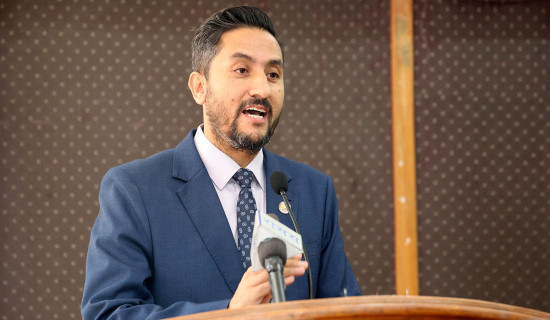- Tuesday, 30 December 2025
Dying Mother Tongues
Nepal is a country with diversity in different cultures, languages, and ethnic groups. One of the most important parts of this rich diversity is our languages. According to the 2021 census, Nepal has 124 different mother tongues. But sadly, many of these languages are slowly disappearing, especially among young people. The loss of language is a serious issue because when we lose a language, we also lose stories, traditions, songs, and knowledge passed down from our ancestors. Two major indigenous groups, Magar and Tamang, show this problem clearly. Even though the Magar population is over 2 million, less than half speak their own language.
Only around 810,000 speak Magar Dhut, 91,000 speak Magar Kham, and just over 1,200 speak Magar Kaike. The rest mostly speak Nepali. Similarly, around 1.4 million people speak the Tamang language, which is about 5 per cent of Nepal’s population. But many young Tamangs in cities and even in villages are switching to Nepali, especially at school and work. In places like Nisikhola in Baglung district, older people say that their grandchildren don’t understand or speak Magar Kham at all. Many young people feel shy or uncomfortable speaking it. They say it sounded old or funny, and they prefer using Nepali as a main language.
The Language Commission of Nepal says that 37 languages in Nepal are spoken by fewer than 1,000 people. That means these languages are at high risk of dying out. The Commission is working to make grammar books and dictionaries for those endangered languages, but progress is slow due to a lack of money and support. Still, some communities are fighting back. In Tamang-majority areas like Kavre and Sindhupalchok, local radio stations now broadcast in the Tamang language. This helps young people hear and learn the language more often. In some Magar communities like Palpa and Rolpa, elders are teaching children their language through local programmes and festivals. A few schools in Kathmandu and other cities now offer classes in Tamang, Newar (Nepalbhasa), and Magar languages.
But, these programmes are still small and not available in most schools, especially in rural areas. Even though the Constitution of Nepal gives people the right to education in their mother tongue, this is not well-practiced across the country. Language is not just a way to talk but to express our emotions, cultures, rites, and rituals. It is also connected to identity, pride, and culture. When children grow up without speaking their mother tongue, they fail to know the wisdom, stories, fairy tales and culture of their people. They may feel disconnected from their roots. A study by scholars Anita Magar and Hari Krishna Lamichhane shows that Magars living in Ilam are using their language less and less.
The reasons include moving to cities, marrying outside their group, and seeing Nepali as more useful in school and jobs. However, the study also highlights how language classes and youth programmes can help bring the language back. The government should make sure that mother-tongue education is truly available in schools. Communities should support youth programmes, festivals, and technology like apps and YouTube videos that use local languages. Elders can teach children traditional songs, stories, and words at home. Nepal’s many languages are like flowers in a garden. If we stop watering them, they will dry up. But if we care for them, they will bloom. Therefore, we should protect and promote our mother tongues Magar, Tamang, and all others, so that our children grow up proud of who they are and speak their mother tongue.




-square-thumb.jpg)
-square-thumb.jpg)









-original-thumb.jpg)

